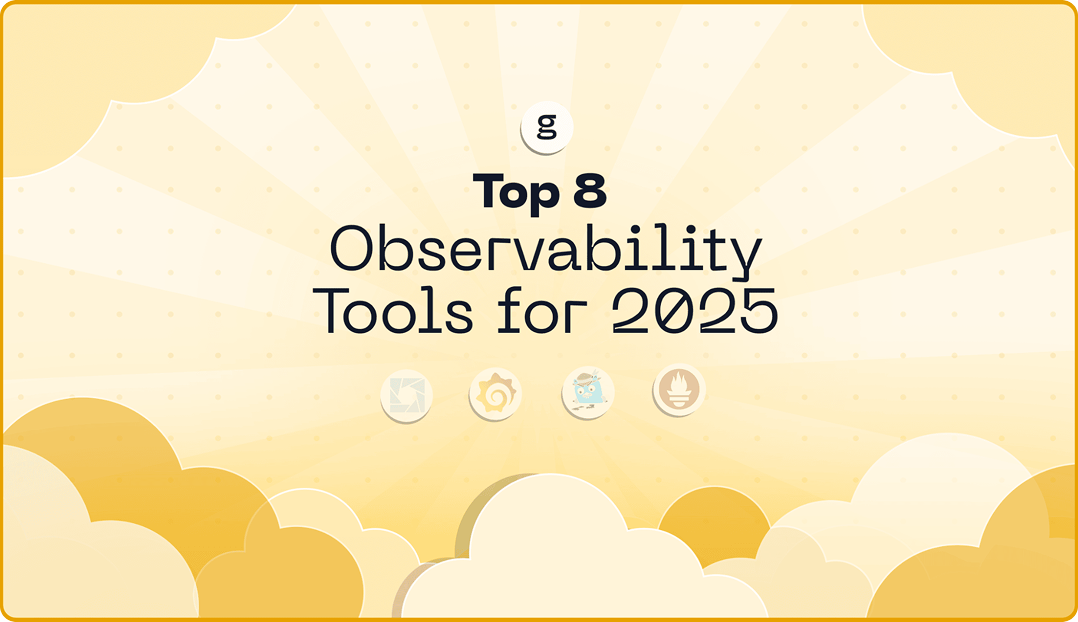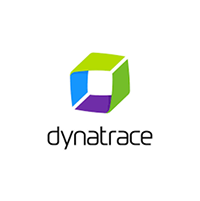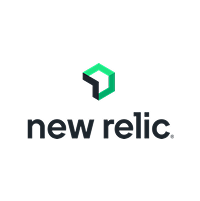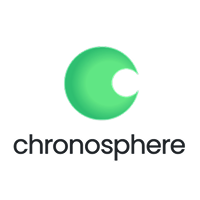groundcover vs. Chronosphere
Compare groundcover vs. Chronosphere for Observability. We want you to choose the most suitable tool for your use case, even if it’s not us.
As cloud-native environments continue to grow in complexity, observability has become essential for ensuring the reliability, performance, and scalability of modern applications. From monitoring infrastructure health, enabling deep visibility into distributed systems, or getting real-time insights into reasoning paths, token usage of LLM Agentic applications. However, traditional vendors sliced visibility into separate products (APM, Log Management, Infrastructure Monitoring, LLM Observability) and priced them in ways that forced tradeoffs making it important for team to choosing the right observability platform is critical to operational success.
The right choice depends on your priorities: cost, control, scale, and flexibility. In the following sections, we’ll compare both platforms to help you determine which best fits your needs, even if the answer isn’t us.
groundcover vs. Chronosphere at a glance
groundcover vs. Chronosphere at a glance
groundcover vs. Chronosphere at a glance
groundcover overview
groundcover is a full-stack observability platform that goes beyond the traditional SaaS limitations by giving teams complete control of their telemetry in their own cloud. It delivers APM, log management, infrastructure monitoring, LLM observability, and Real User Monitoring (RUM) in a single, unified solution — all with zero instrumentation, powered by eBPF.
With a BYOC (Bring Your Own Cloud) model, groundcover eliminates SaaS markups and data tradeoffs, providing complete visibility, infinite retention, and flat, predictable pricing. From infrastructure to applications to Agentic Application workloads, groundcover captures every signal — without sampling or rate limits — and keeps it private and secure inside your VPC. Whether running in the cloud, on-prem, or in regulated environments, groundcover gives engineering teams operational simplicity, cost clarity, and observability that just works, without compromise.
Chronosphere overview
Chronosphere is a cloud-native observability platform built to help engineering teams manage the scale, complexity, and cost of modern applications. It provides visibility across infrastructure, applications, and business metrics, giving DevOps and SRE teams the ability to detect and resolve issues before they impact users. By centralizing telemetry data and offering tools like Chronosphere Lens, it helps organizations reduce noise, improve reliability, and boost developer productivity.
Purpose-built for the demands of cloud-native environments, Chronosphere helps customers lower the cost of ingesting telemetry by giving user access to smart tools to optimize which data they keep and where they store it. Fluent Bit–based telemetry pipeline, and focus on flexibility help teams control data growth without sacrificing insight.






















.svg)